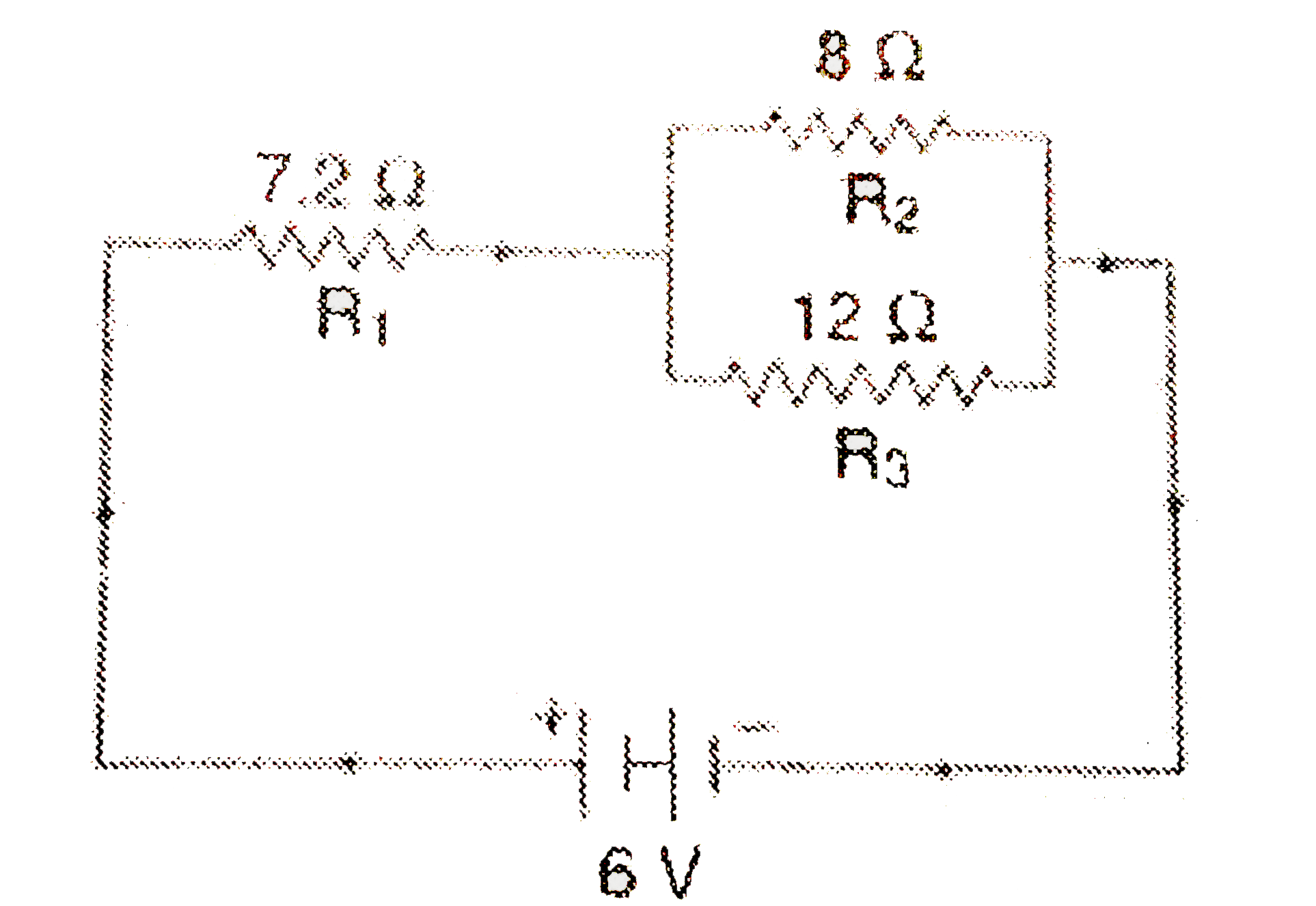Find the condition dor maximum current in case of series combination and parallel combination of cells.
Step by step video & image solution for Find the condition dor maximum current in case of series combination and parallel combination of cells. by Physics experts to help you in doubts & scoring excellent marks in Class 12 exams.
Updated on:21/07/2023Topper's Solved these Questions
- CURRENT ELECTRICITYBOOK - MODERN PUBLICATIONCHAPTER - CURRENT ELECTRICITYEXERCISE - REVISION EXERCISES (NUMERICAL PROBLEMS)
24 Videos
- CURRENT ELECTRICITYBOOK - MODERN PUBLICATIONCHAPTER - CURRENT ELECTRICITYEXERCISE - Objective Type Questions (MULTIPLE CHOICE QUESTIONS) (A. MULTIPLE CHOICE QUESTIONS WITH ONLY ONE CORRECT ANSWER)
36 Videos
- CURRENT ELECTRICITYBOOK - MODERN PUBLICATIONCHAPTER - CURRENT ELECTRICITYEXERCISE - REVISION EXERCISES (SHORT ANSWER QUESTIONS)
37 Videos
- ATOMS BOOK - MODERN PUBLICATIONCHAPTER - ATOMS EXERCISE - Chapter Practice Test
16 Videos
- DUAL NATURE OF RADIATION AND MATTER BOOK - MODERN PUBLICATIONCHAPTER - DUAL NATURE OF RADIATION AND MATTER EXERCISE - CHAPTER PRACTICE TEST
15 Videos
Similar Questions
Knowledge Check
In parallel combination of n cells, we obtain
Amore voltageBmore currentCless voltageDless current
Explain the various types of gruoping of identical cells and find the condition for the maximum current in the external resistors connected to the combination of cells (i) in series (ii) in parallel and (iii) in mixed grouping.
View SolutionCombination of Resistors|Series Combination|Parallel Combination
View SolutionCombination of capacitors| series and parallel combination
View SolutionTwo identical resistors, each of resistance 15ohm are connected in (i) series and (ii) parallel, in turn to battery of 6V. Calculate the ratio of the power consumed in the combination of resistors in each case.
View SolutionExplain with diagrams what is meant by the "series combination" and "parallel combination" of resistances. In which case the resultant resistance is: (i) less, and (ii) more, than either of the individual resistances?
View SolutionEnergy stored in a capacitor |Series combination|Parallel combination
View Solution(a) what is meant by series and parallel combination of resistances ?
(b) in which case, series combination or parallel combination, the combined resistance is less than any of the individual resistances ?
(c ) How should two resistance of 2Ω each be connected so as to produce an equivalent resistance of 1Ω ?
In the circuit diagram given here , find:
(i) total resistance of the circuit
(ii) total current flowing in the circuit, and
(iii) the potential difference across R1

View Solution
